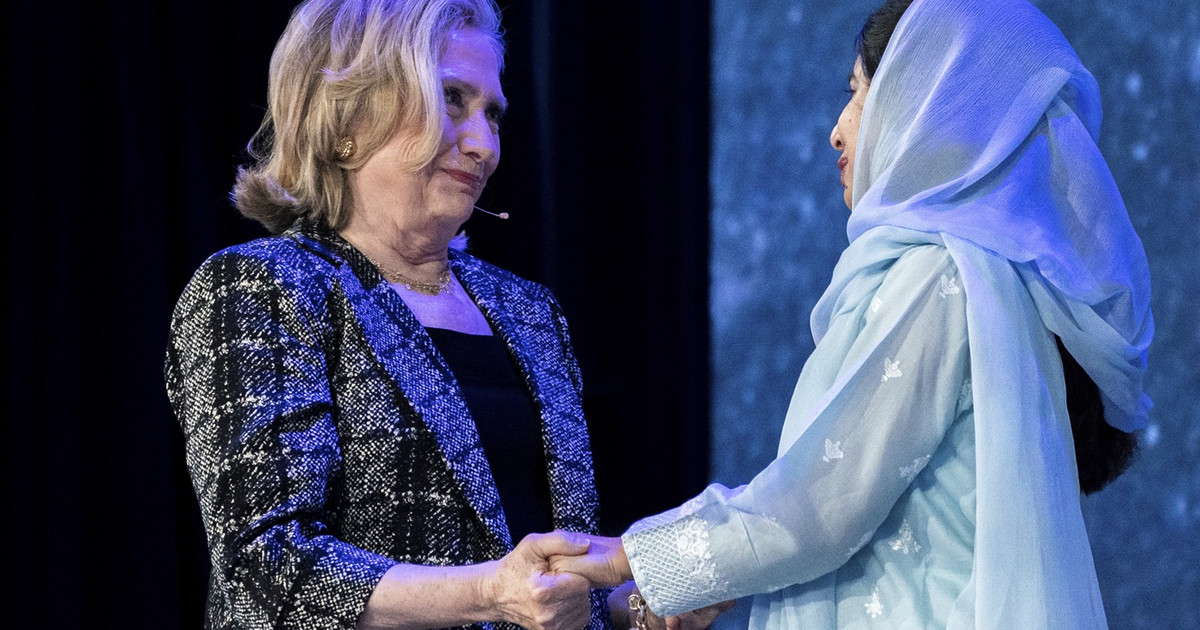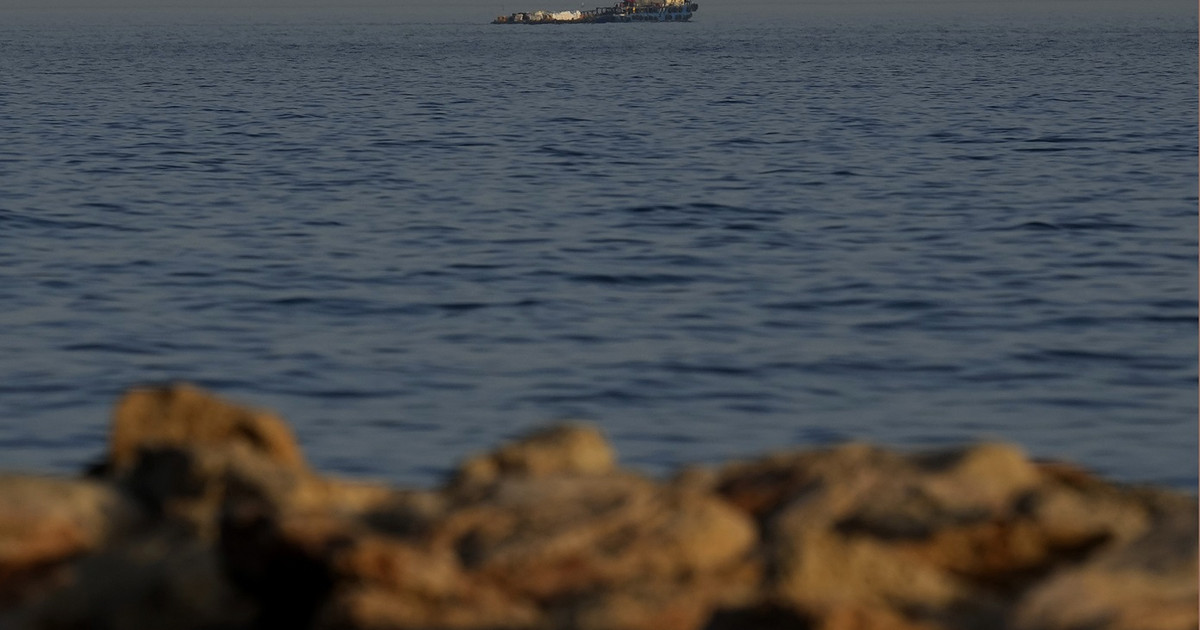The EU has not included the import of diamonds from Russia in the sanctions. It is indicative that in 2021 the country exported over 48.6 million carats of rough diamonds abroad. The exception in Russian diamonds from sanctions is something that still raises questions at a time when essential products such as oil or agricultural products face a ban.
We are in front of a shop window in the Belgian city of Antwerp. The shop owner places diamonds on velvet. The Belgian port was one of the hub business cities with precious stones from the 15th century. Discreetly and confidentially according to the Antwerp World Diamond Center the trade turnover from the precious stone amounts to 37 billion euros every year. When asked where the diamonds come from, the jeweler replies with a smile: “I prefer not to ask.” His reluctance has some basis. Rough diamonds come from Angola, Congo, Sierra Leone, South Africa and also from Russia, as Sigal Vandzovsky, owner of Binson Diamonds in Antwerp, explains. Transferred to factories in Belgium to be polished, then made into jewelry and sold, including in her shop.
How Russian diamonds are after all
Commodity expert Larisa Stancio, in contrast to Fadenbebt, points out that a ban on the import of Russian rough diamonds would mean less money flowing into state coffers through Alrosa. “This would have both direct and indirect effects on the war support budget, although the income from the diamond trade is significantly less than the income from the gas and oil trade.” Alrosa CEO Sergey Ivanov is also no stranger. He was among the first oligarchs from Putin’s circle to be sanctioned by the USA. While the EU hesitates, the US government already imposed and subsequently tightened sanctions on Alrosa shortly after the outbreak of war. “I always get a little cynical about it,” says Fadenbebt, noting critically that Europeans are naïve when they think Americans are doing something that hurts their own economy. According to him, jewelry sales in the US make up 50% of the world market. There is also a loophole in the US sanctions regulation thanks to wording that leaves a lot of room for interpretation, reports the Deutsche Welle.
That is, when a diamond is significantly altered in another country through processing, it can claim that country as its place of origin. Consequently, Russian gems polished in India, for example, could continue to be imported into America and hide their origin. “It is technically almost impossible to determine the country of origin of a gemstone,” says expert Fadenbebt. However, there are certification procedures for rough diamonds, such as the so-called Kimberley process, which according to customs imgs is intended to prevent the import of so-called “blood” diamonds, i.e. those from war zones, into the EU. In Germany, according to BVJ CEO Dinkelman, the industry has a very strong interest in not buying any goods from Russia, “and that especially includes diamonds”. Since the spring, many suppliers have assured that their gems do not come from Russia. “Neither retailers nor consumers want goods from Russia and we are doing everything possible to ensure that.”
Source: News Beast
Bruce Belcher is a seasoned author with over 5 years of experience in world news. He writes for online news websites and provides in-depth analysis on the world stock market. Bruce is known for his insightful perspectives and commitment to keeping the public informed.






